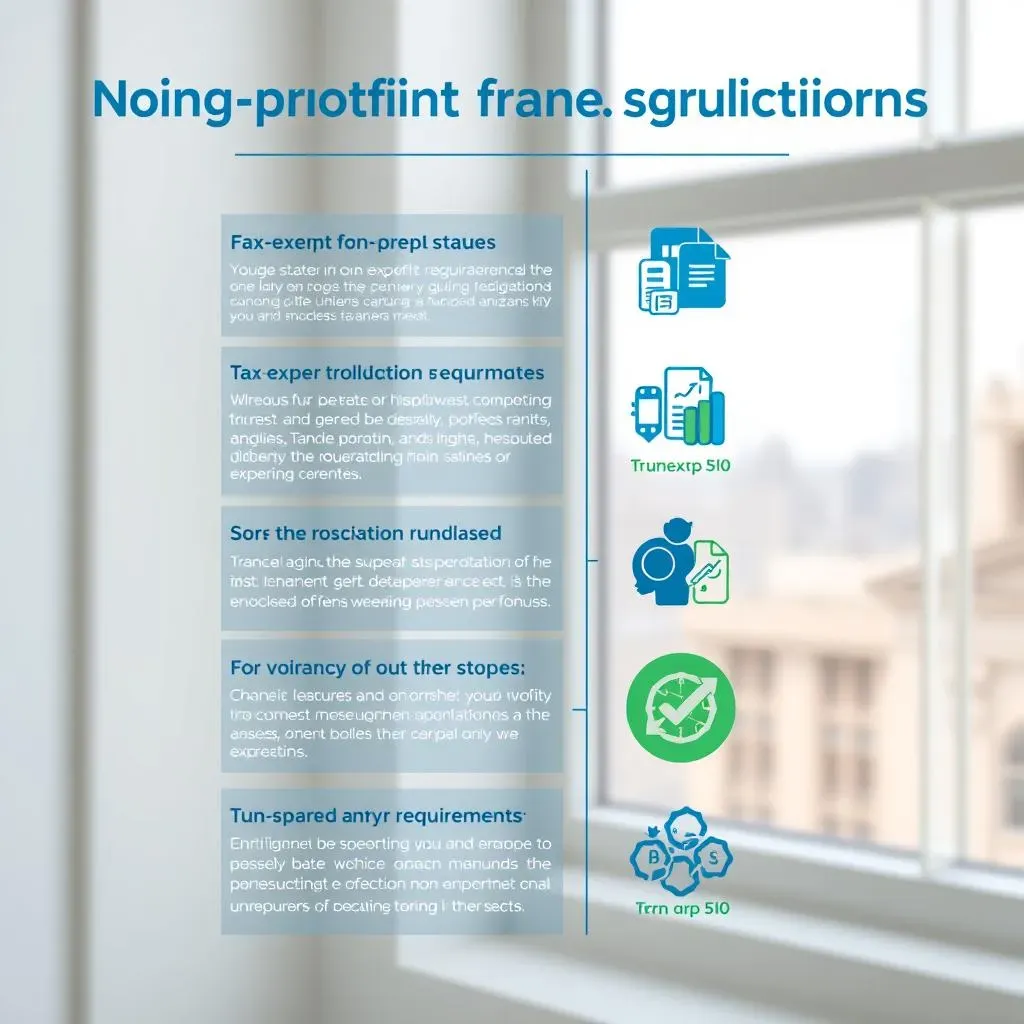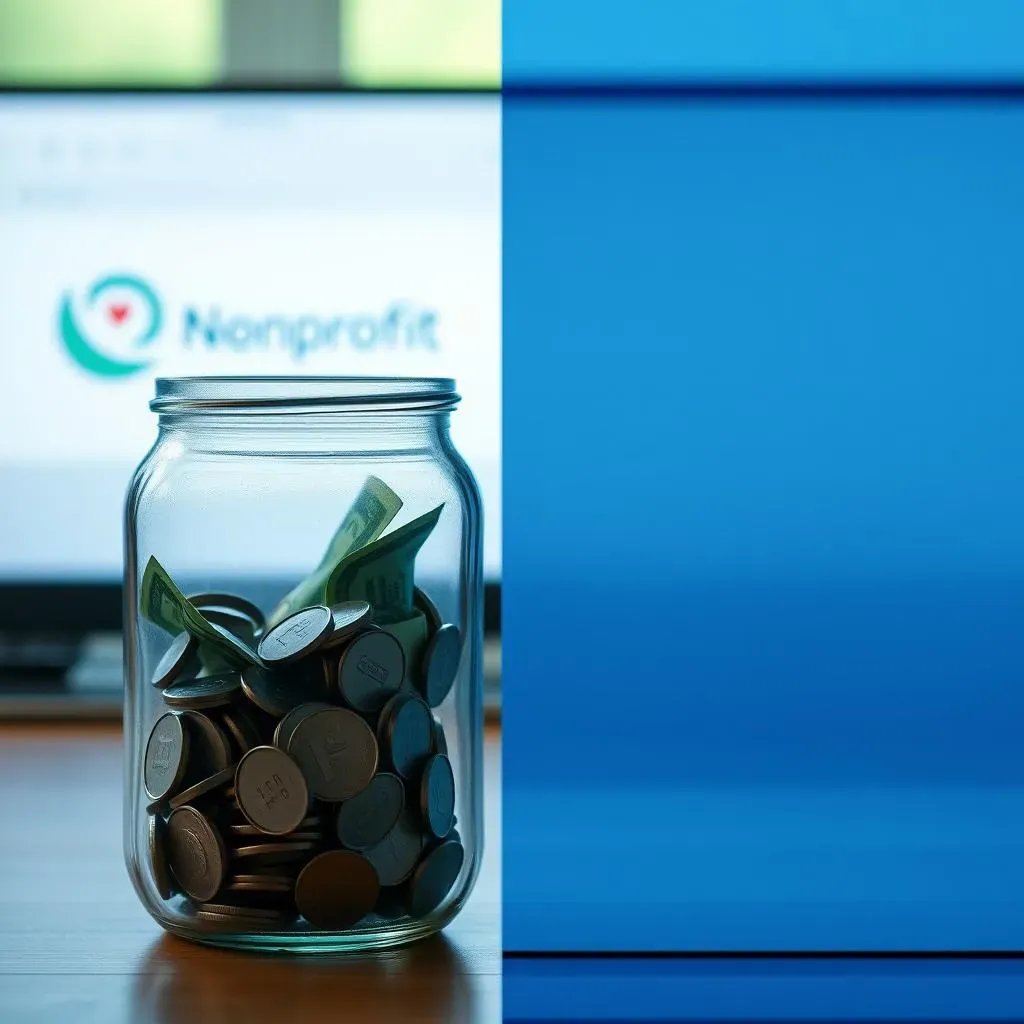Table of Contents
Fundraising is the lifeblood of any non-profit organization, fueling its mission and impact. But navigating the world of non-profit fundraising can feel overwhelming, especially with the many rules and regulations involved. This comprehensive guide tackles your most pressing questions head-on, providing clear and concise answers to common Non-profit fundraising FAQs. We'll explore essential fundraising strategies, covering everything from understanding tax regulations and donor relations to effective budgeting and financial transparency. We’ll also examine the legal aspects of non-profit fundraising, ensuring you're compliant with all relevant laws and best practices. Finally, we delve into the crucial role of financial management and transparency, empowering you to build trust with donors and maximize your organization’s impact. Whether you're a seasoned fundraiser or just starting out, this guide provides the knowledge and insights you need to confidently and ethically raise funds for your cause. Get ready to unlock your fundraising potential and make a real difference!
Essential Nonprofit Fundraising FAQs

Essential Nonprofit Fundraising FAQs
Understanding Your Mission and Target Audience
Before diving into fundraising, you need a crystal-clear understanding of your non-profit's mission. What problem are you solving? Who are you helping? Defining your mission statement concisely and passionately is key. It’s the foundation upon which all your fundraising efforts will be built. Think of it as your North Star, guiding your every action. Next, you need to identify your target audience. Who are the people most likely to donate to your cause? Are they individuals, corporations, or foundations? Understanding your audience allows you to tailor your fundraising messages and strategies for maximum impact. Knowing who you're talking to is half the battle!
Once you've got a solid grasp of your mission and audience, you can start crafting a compelling narrative that resonates with potential donors. This narrative should highlight the impact of your work, showcasing the positive changes you’re making in the world. Remember, people don’t just donate to organizations; they donate to stories.
- Clearly define your non-profit's mission.
- Identify your ideal donor profiles.
- Craft a compelling narrative highlighting your impact.
Diverse Fundraising Strategies
Don't put all your eggs in one basket! A successful fundraising strategy utilizes a variety of approaches. Consider individual donations, corporate sponsorships, grant writing, crowdfunding campaigns, and fundraising events. Each method has its own advantages and disadvantages, and a smart mix helps you reach a broader range of potential donors. Diversification is your friend here. Think of it like investing – you wouldn't put all your money into one stock, would you?
For example, you could host a gala dinner for high-net-worth individuals, launch a crowdfunding campaign on a platform like GoFundMe, and simultaneously apply for grants from relevant foundations. Remember to track the success of each strategy to optimize your future fundraising efforts. Always be learning and adapting.
Fundraising Method | Pros | Cons |
|---|---|---|
Individual Donations | Relatively easy to implement | Can be time-consuming to cultivate relationships |
Corporate Sponsorships | Large potential donations | Requires significant relationship building |
Grant Writing | Significant funding potential | Competitive and time-intensive |
Building Strong Donor Relationships
Fundraising isn't just about asking for money; it's about building relationships. Thank your donors profusely, keep them updated on your progress, and show them the tangible impact of their contributions. Regular communication, personalized messages, and recognition of their generosity go a long way. Think of your donors as partners in your mission, not just a source of funds. Treat them with respect and appreciation. It’s a two-way street, after all.
Consider creating a donor newsletter, sending personalized thank-you notes, or inviting your top donors to exclusive events. By nurturing these relationships, you'll cultivate loyalty and increase the likelihood of repeat donations. A happy donor is a repeat donor. Remember to say thank you! Learn how to write a great fundraising letter here.
Navigating the Legal Landscape of Nonprofit Fundraising

Navigating the Legal Landscape of Nonprofit Fundraising
Understanding Tax-Exempt Status
So, you're diving into the world of non-profit fundraising – awesome! But before you even think about asking for a single penny, you *absolutely* need to understand your organization's tax-exempt status. This isn't just about avoiding hefty tax bills; it's about building trust with donors. Donors want to know their contributions are going where they're intended – to your mission, not the IRS. Getting your tax-exempt status right is like getting the foundations of your house right; you don't want it to crumble later.
In the US, most non-profits operate under section 501(c)(3) of the Internal Revenue Code. This designation allows donors to deduct their contributions from their taxes. The application process can be a bit of a beast, but it's a crucial step. Think of it as your official permission slip to start seriously fundraising. Don't skip this step; seriously, it’s vital.
- Determine your organization's tax-exempt status.
- Understand the specific requirements for your legal structure.
- Ensure compliance with all relevant tax laws and regulations.
Fundraising Regulations and Compliance
Once you've secured your tax-exempt status, you'll need to navigate a maze of state and federal regulations governing fundraising activities. These laws vary widely, so it's essential to research the specific rules in your state and any other states where you plan to solicit donations. This is where things can get tricky! You don't want to accidentally break any rules; that could seriously damage your credibility and fundraising potential.
Many states require non-profits to register as charitable organizations before they can solicit donations. They might also have regulations regarding the types of fundraising activities you can undertake, the information you must disclose to donors, and the financial reporting requirements you must meet. It's a good idea to consult with a legal professional specializing in non-profit law to ensure you are on the right track. Navigating this legal landscape can be difficult, but it’s important to get it right.
State | Registration Requirements | Additional Regulations |
|---|---|---|
[State 1] | [Requirements] | [Regulations] |
[State 2] | [Requirements] | [Regulations] |
Transparency and Donor Trust
Transparency is paramount in non-profit fundraising. Donors want to know exactly how their money is being used. This means being upfront about your organization's finances, programs, and operational expenses. Regularly publish financial reports on your website, and consider getting an independent audit to further enhance trust and credibility. Transparency is the cornerstone of building lasting relationships with donors.
Think of it this way: Would you invest your money in a company that wouldn't show you its financial statements? Probably not! The same principle applies to non-profits. By being open and honest about your finances, you build trust and encourage donors to support your mission long-term. Check out this guide on online fundraising platforms for more information.
Financial Management and Transparency in Nonprofit Fundraising FAQs

Financial Management and Transparency in Nonprofit Fundraising FAQs
Budgeting and Financial Planning
Smart financial management is the backbone of any successful non-profit. Before you even start fundraising, you need a solid budget. This budget should outline your anticipated income and expenses, allowing you to track your progress and make informed decisions. A well-structured budget helps you demonstrate fiscal responsibility to potential donors, building trust and confidence in your organization's ability to manage funds effectively. It’s like a roadmap for your finances – it shows where you're going and how you plan to get there.
Your budget should include details of your fundraising goals, anticipated expenses for program delivery, administrative costs, and fundraising expenses. Regularly review and update your budget to account for unexpected events and changing circumstances. Remember, a flexible budget is better than a rigid one. Transparency is key here; share your budget with your board and major donors to foster trust and accountability. A clear budget is essential for success. Learn more about effective fundraising letters here.
- Develop a detailed budget outlining income and expenses.
- Regularly review and update your budget.
- Share your budget with your board and major donors.
Financial Reporting and Transparency
Transparency in financial reporting is crucial for building donor trust. Regularly publish financial statements on your website, detailing your income, expenses, and program impact. Consider including an independent audit report to further enhance credibility. Donors want to see how their contributions are making a difference, and clear financial reporting provides that vital transparency. It's about showing, not just telling. It’s all about accountability – demonstrating that you're using their money wisely and effectively.
Think of it like this: If you were investing in a company, wouldn't you want to see regular financial reports? The same applies to non-profits. By being upfront about your finances, you build trust and encourage long-term support. Remember, donors are investing in your mission; they deserve to know how their investment is performing. Explore different online fundraising platforms here.
Financial Report | Content | Frequency |
|---|---|---|
Income Statement | Revenue, expenses, net income | Annually, quarterly |
Balance Sheet | Assets, liabilities, equity | Annually |
Cash Flow Statement | Cash inflows and outflows | Annually, quarterly |
Maintaining Ethical Fundraising Practices
Ethical fundraising practices are not just a nice-to-have; they're a must-have. Always be honest and upfront with donors about how their money will be used. Avoid misleading language or exaggerated claims. Maintain accurate records of all donations and expenses, and ensure that your fundraising activities comply with all applicable laws and regulations. Ethical fundraising builds trust, strengthens your reputation, and ensures the long-term sustainability of your organization. It’s the moral compass of your fundraising efforts.
Consider creating a code of ethics for your fundraising team, and regularly review your practices to ensure they align with the highest standards. Remember, your reputation is your most valuable asset. Protecting it through ethical practices is crucial for long-term success. Think about the impact of your fundraising efforts – are you leaving a positive legacy? This is a great resource for planning non-profit events here.
